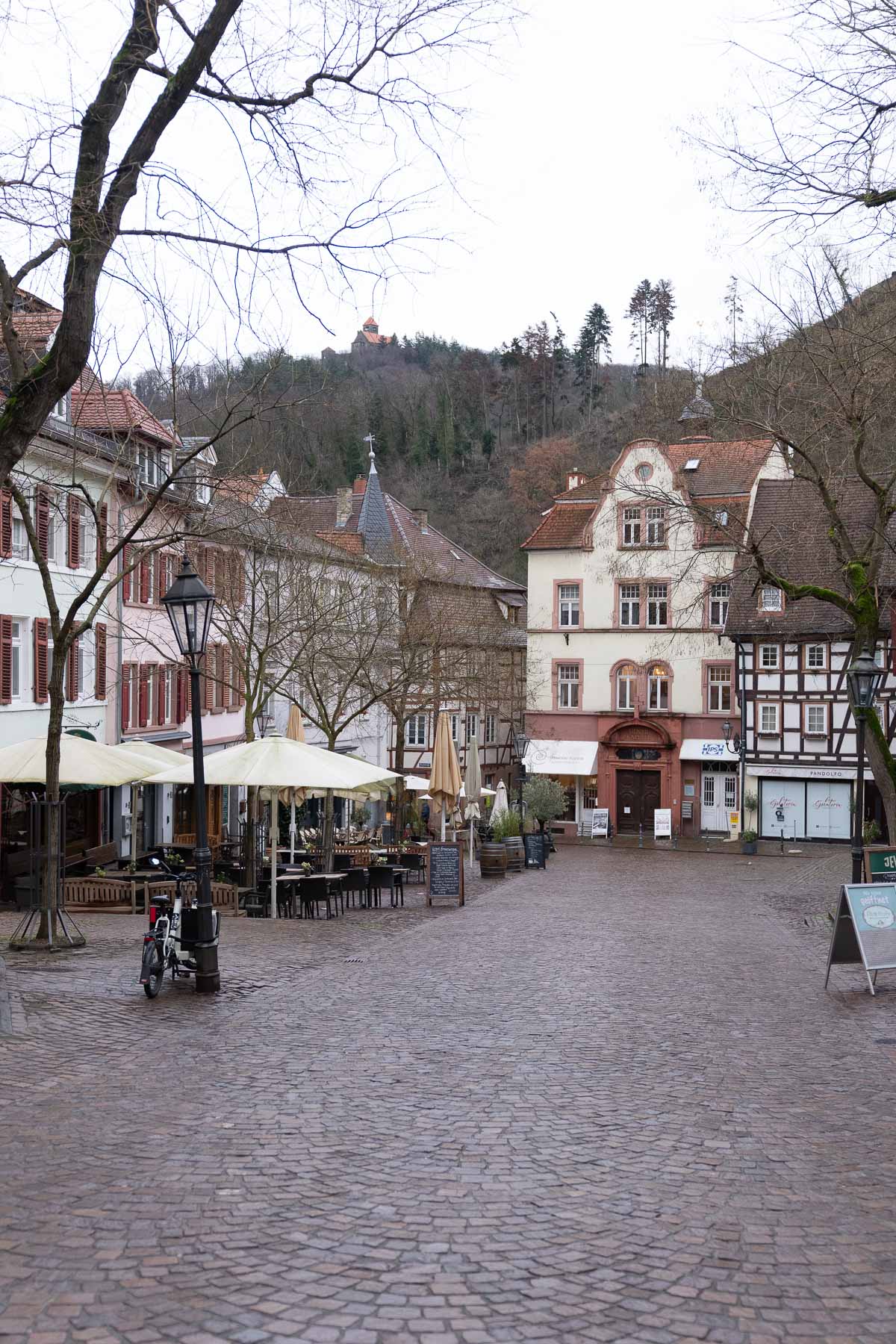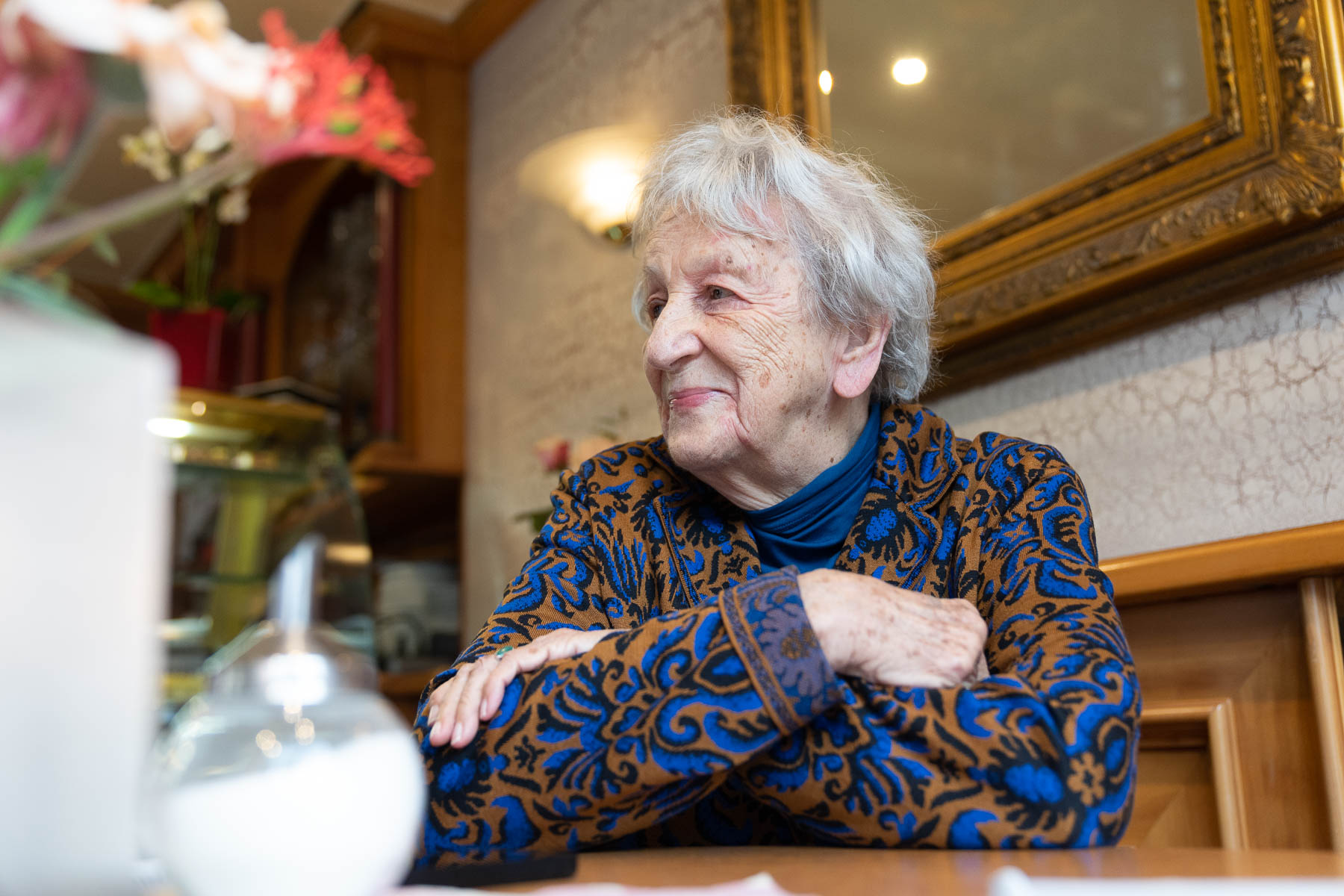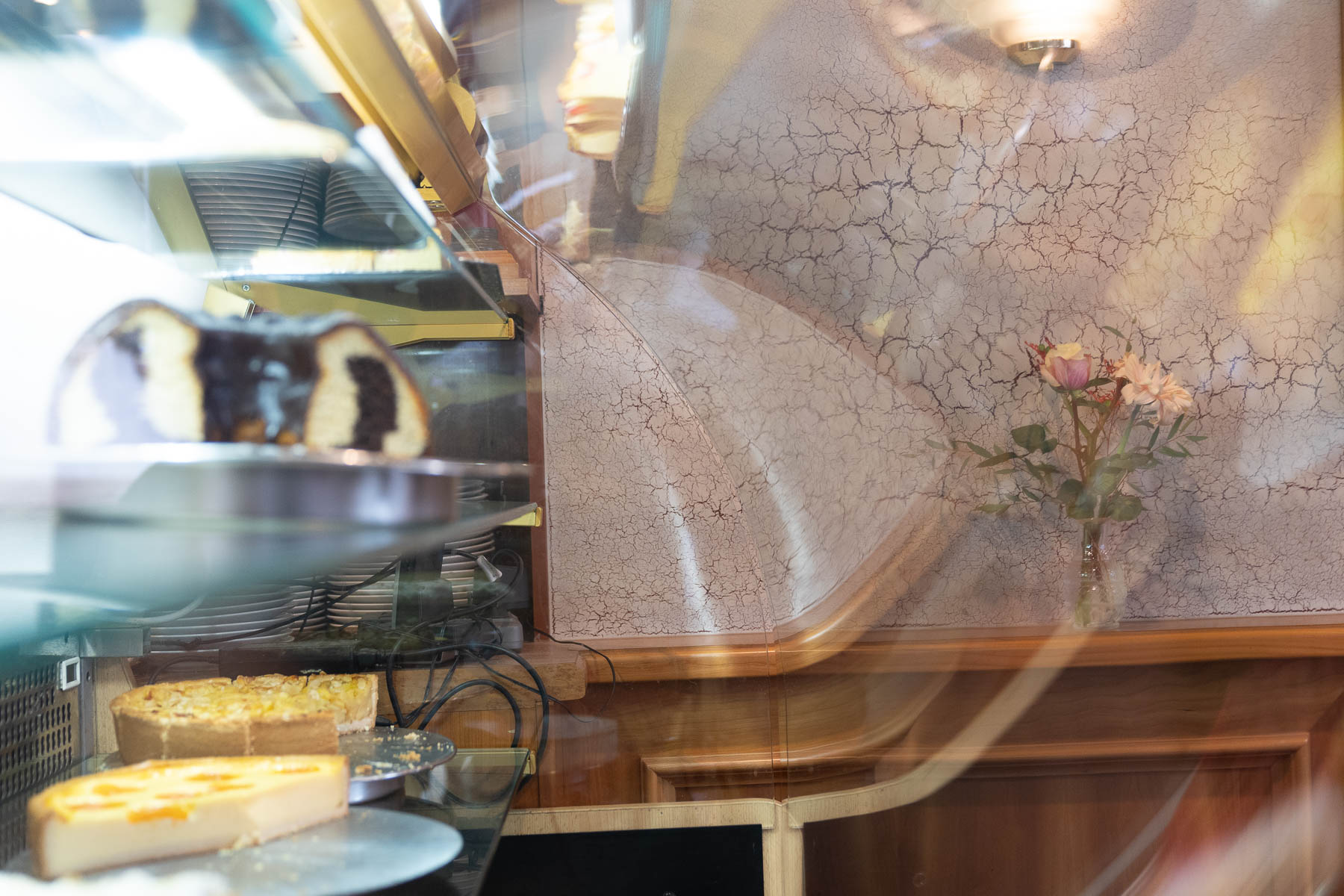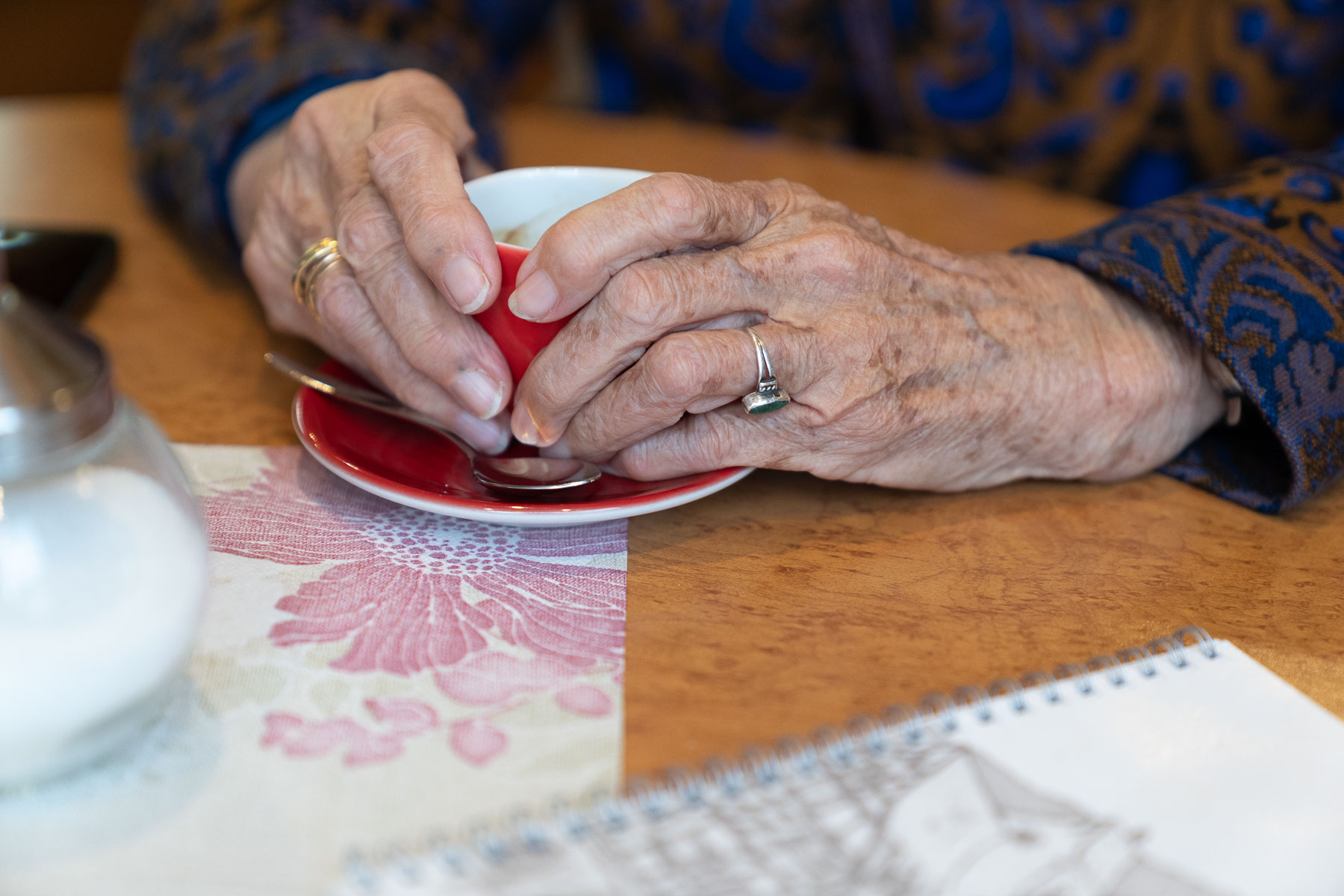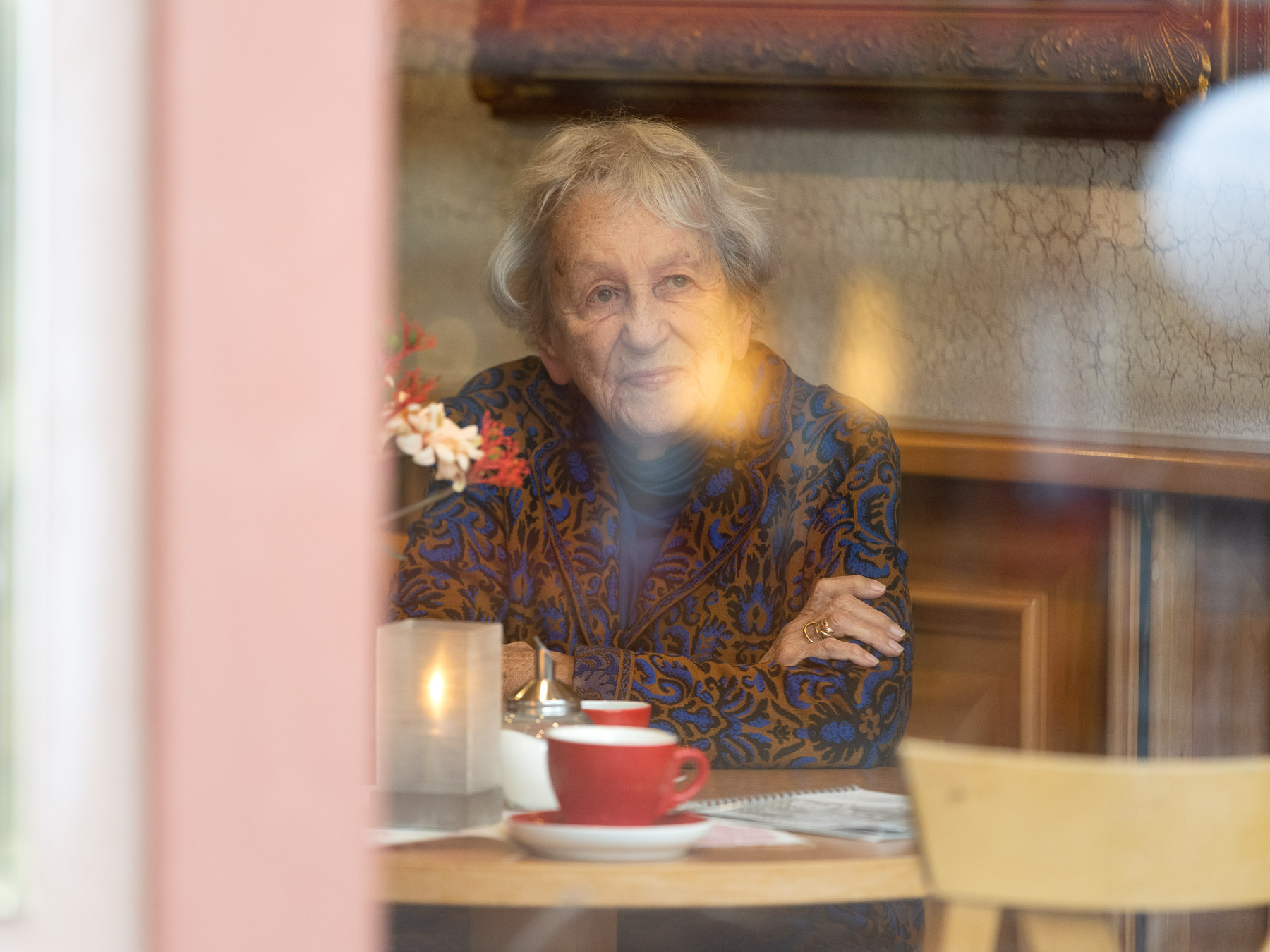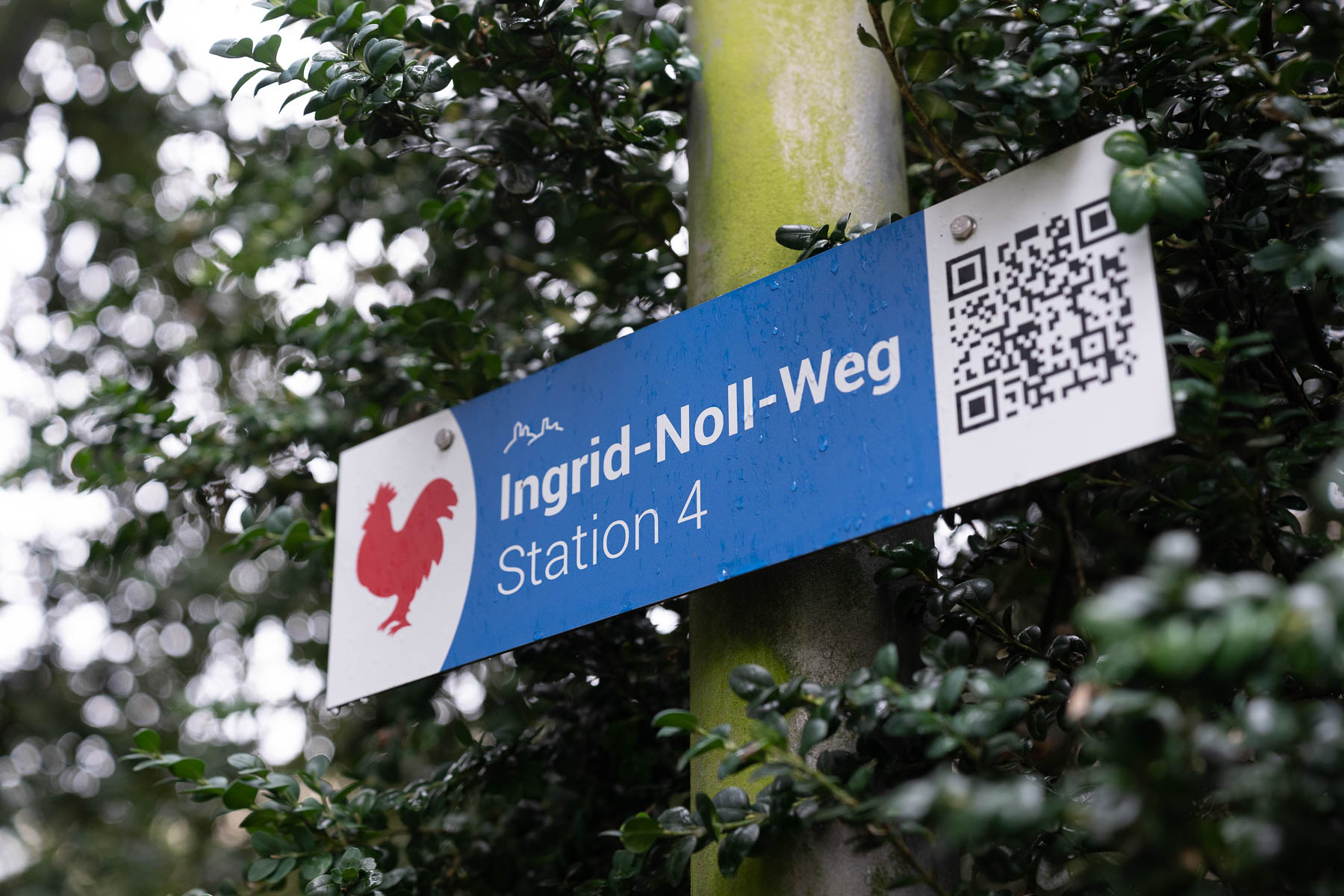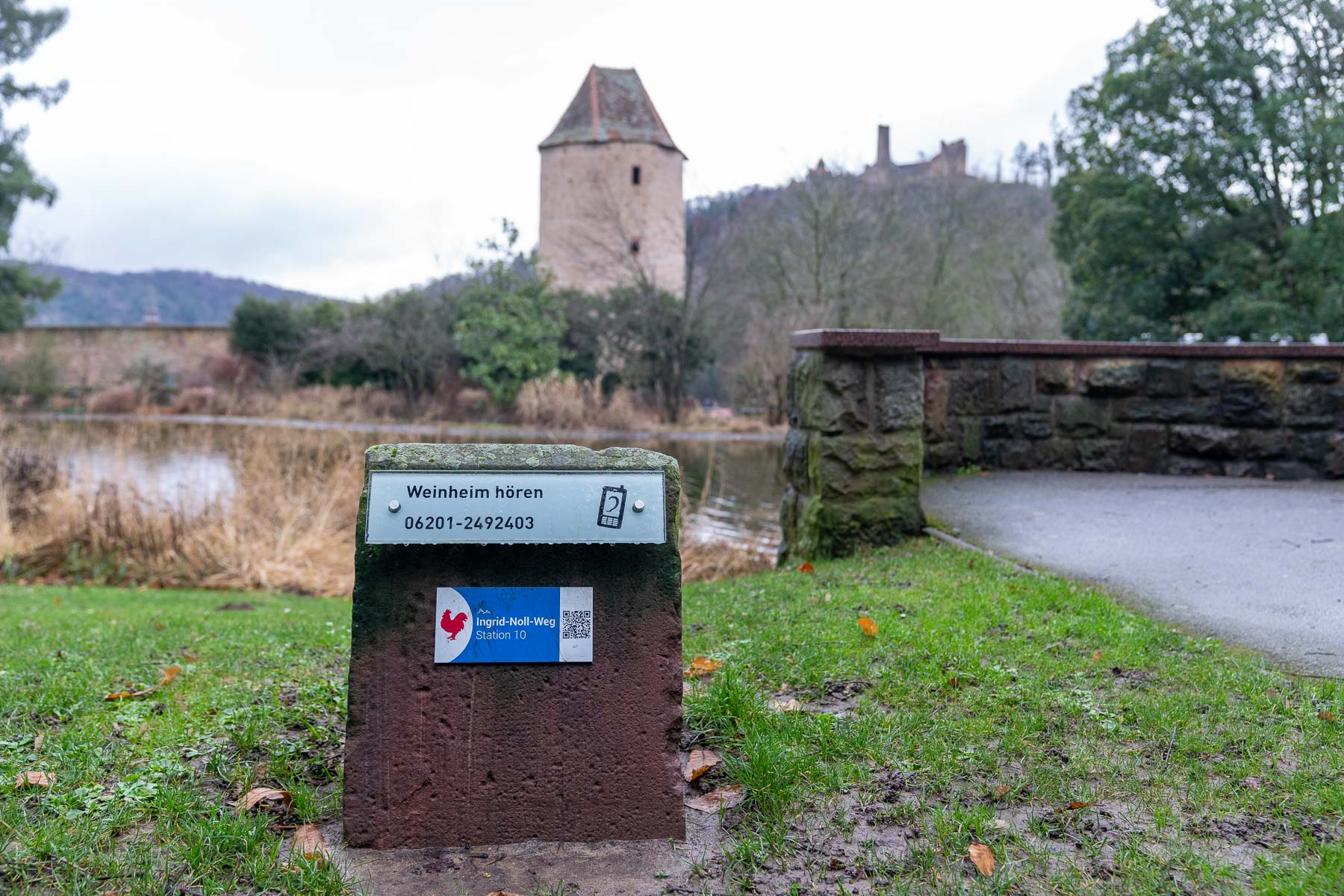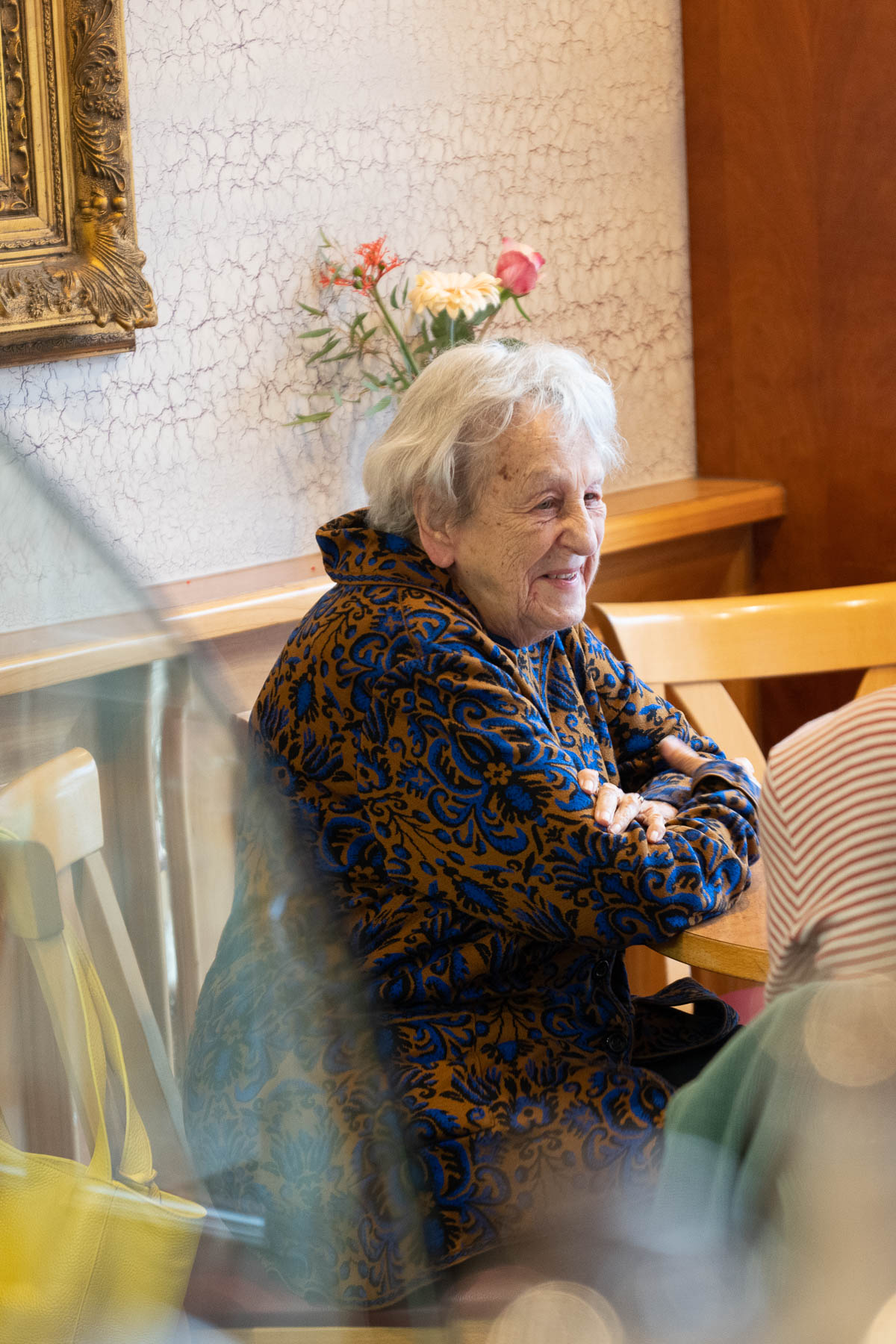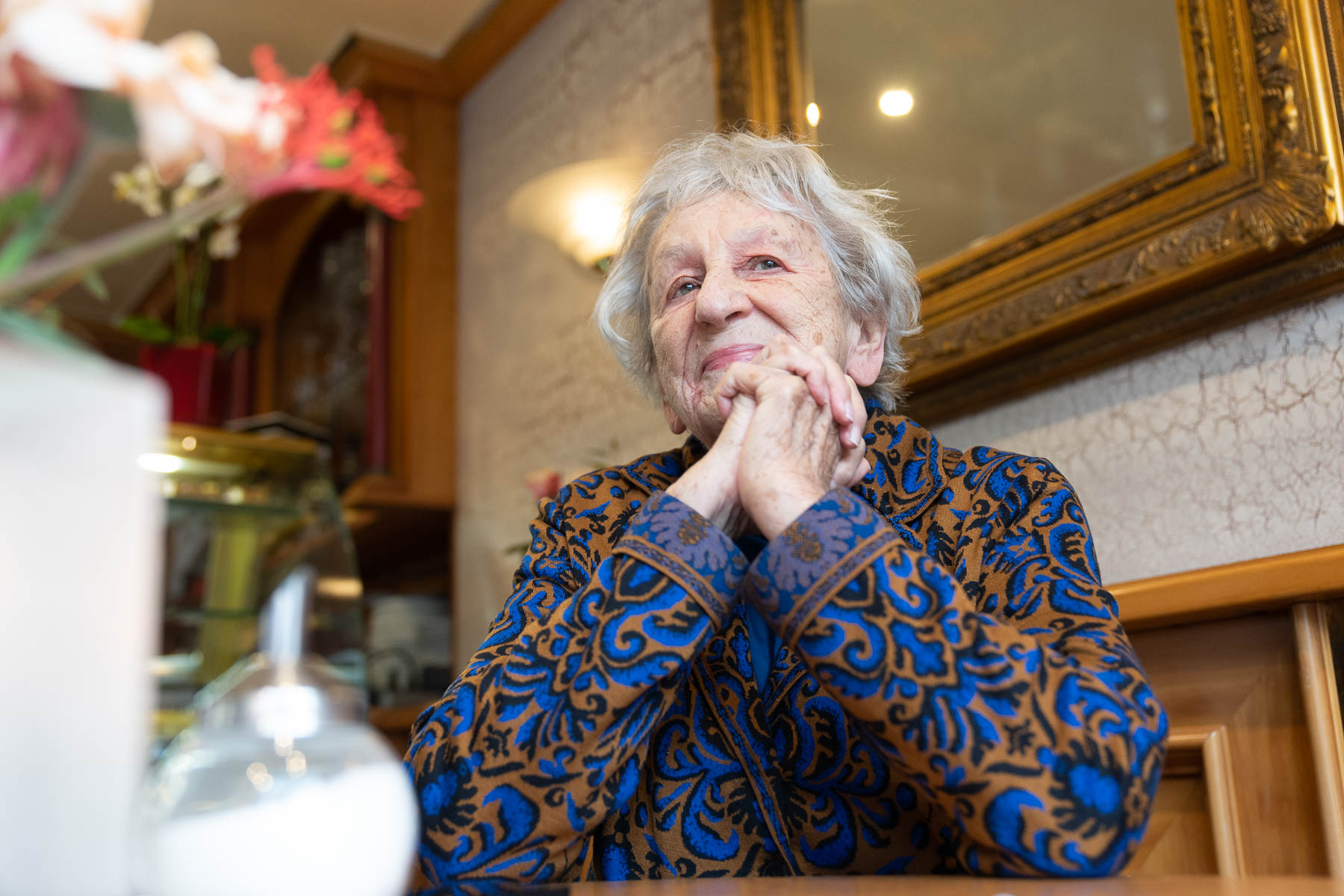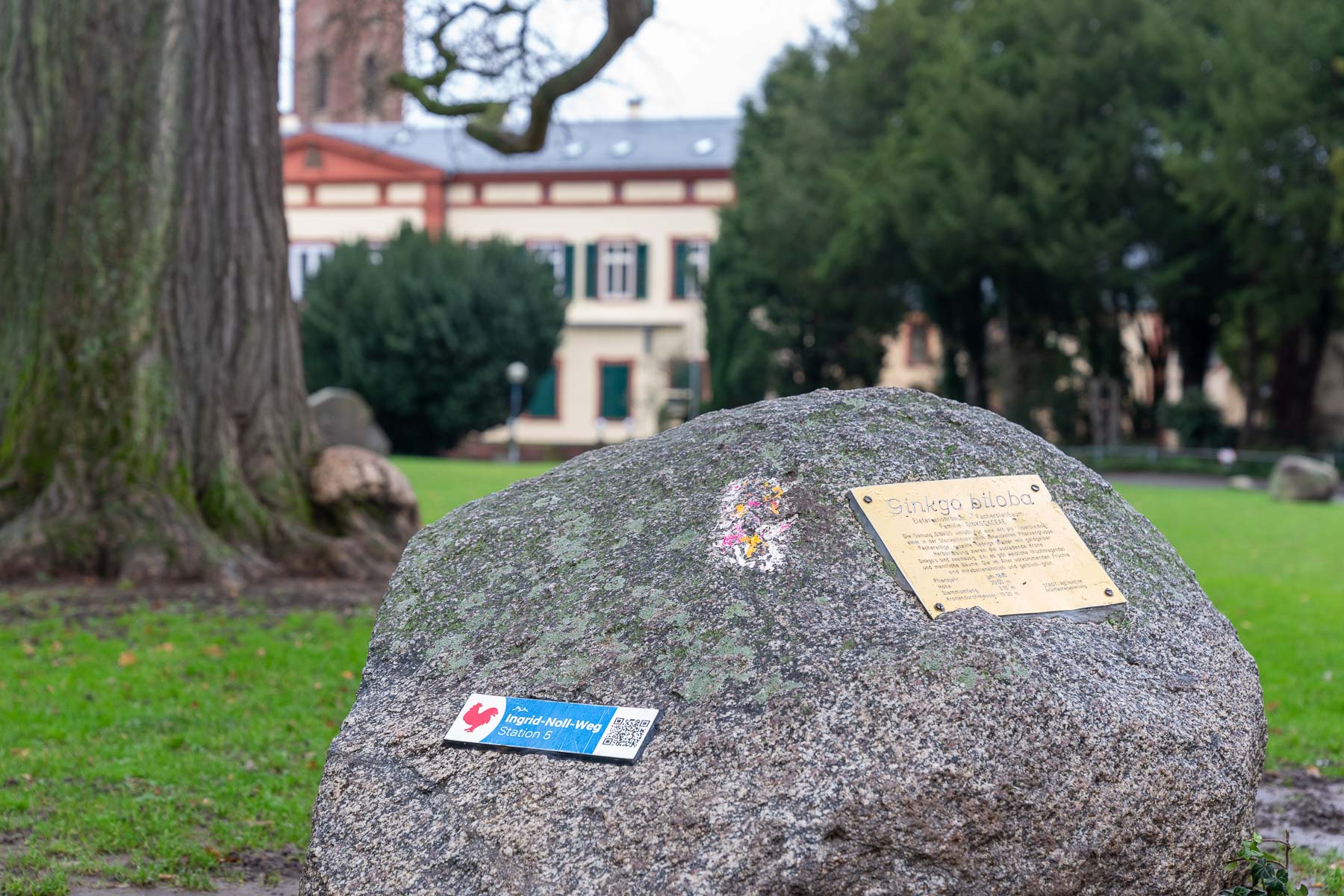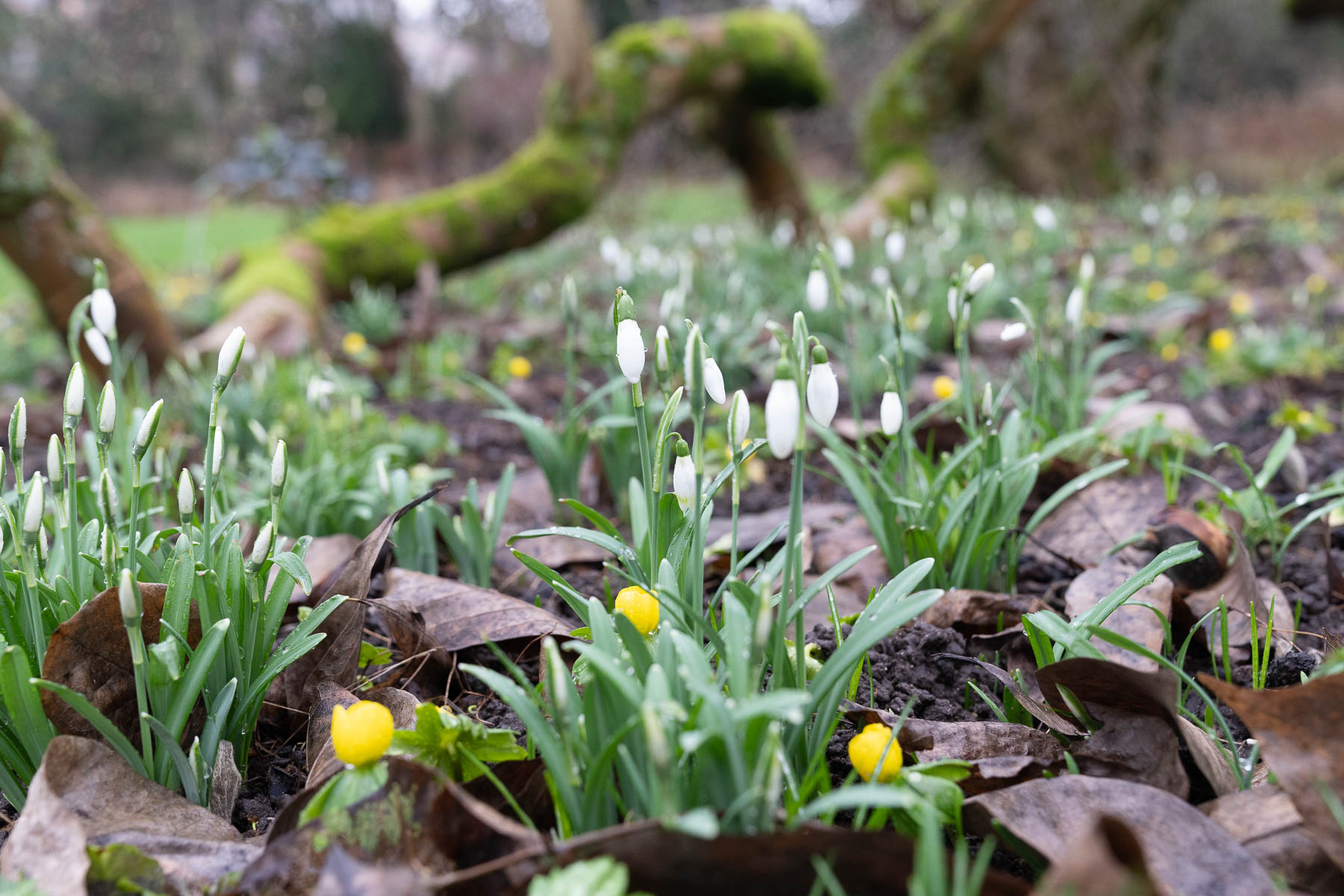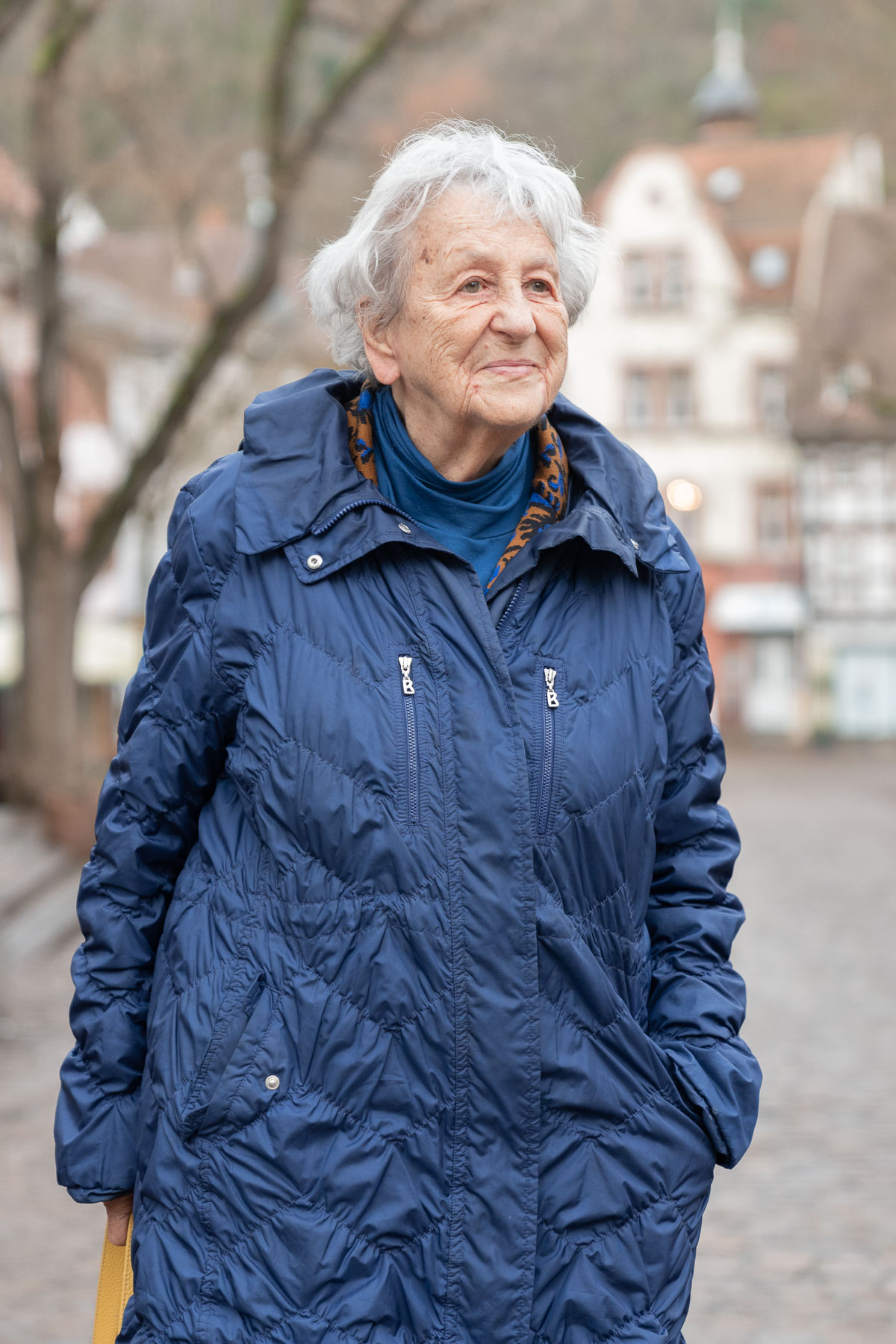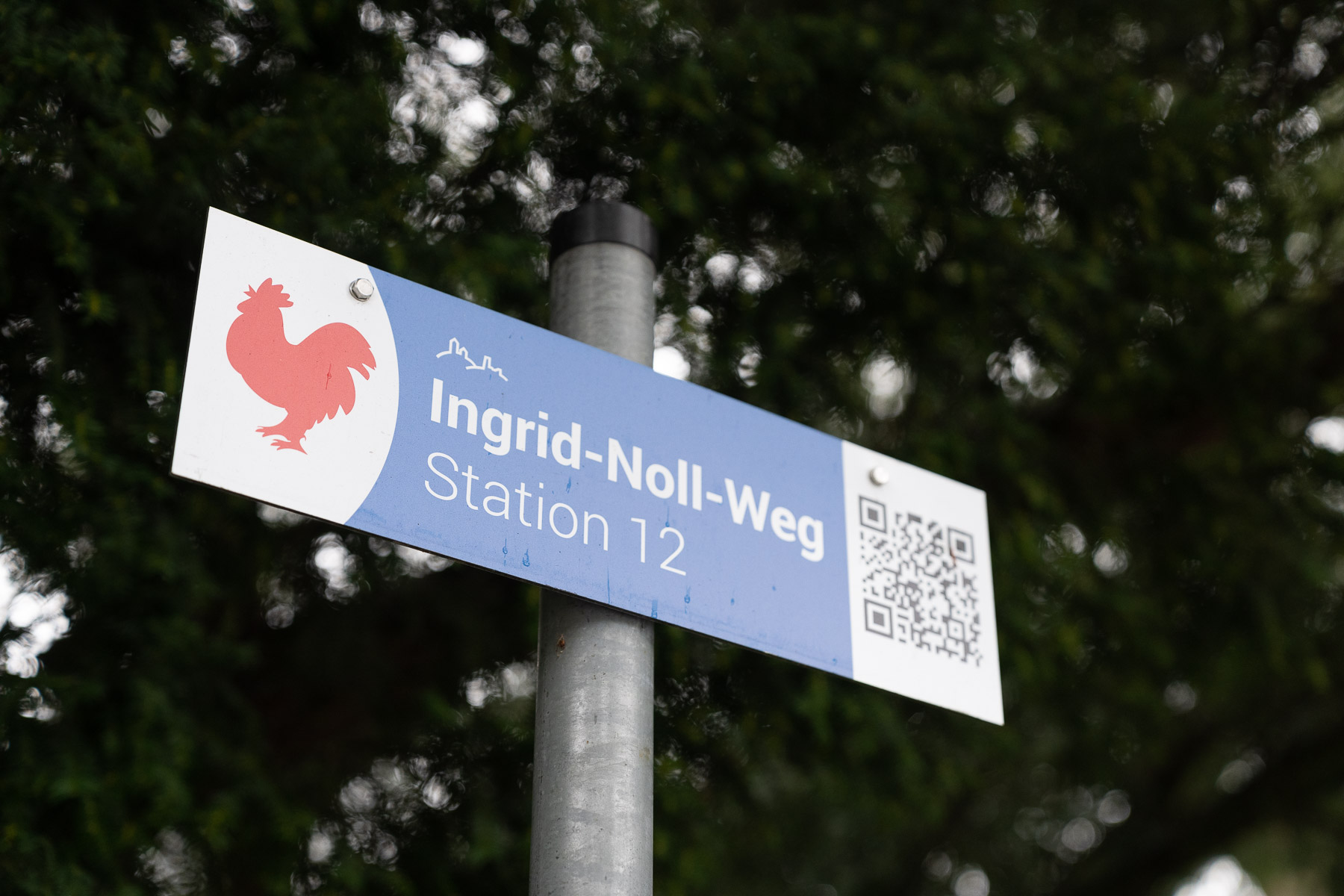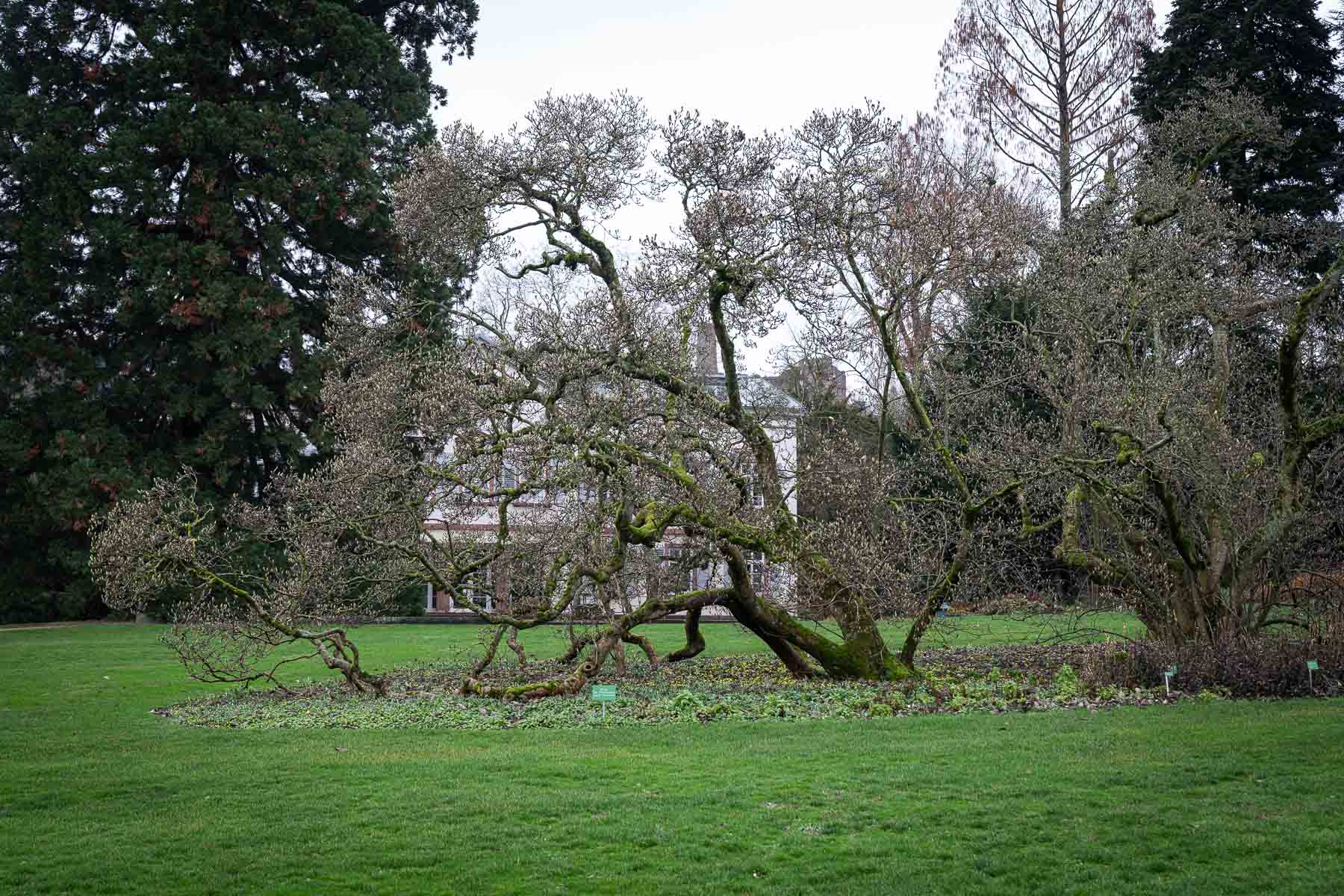The old town, the castles and the market square in Weinheim seem tranquil. But in reality the city is a stronghold of crime. At least since best-selling author Ingrid Noll has been plying her dreadful trade here, leaving many men to die—preferably at the hands of a woman. An audio guide leads visitors along the Ingrid-Noll-Weg trail through the adopted hometown of Weinheim’s best-known citizen passing ancient trees, graves and poisonous plants.
Ingrid Noll orders an espresso. Although for her alter ego, a cup of tea would be more fitting, as it offers less conspicuous opportunities to knock someone off. After all, the recent publication by Germany’s best-known crime novelist is called Tea Time. At one point, its narrator Nina and her best friend Franzi brew a wolf’s-bane drink for their common adversary and then spend days wondering whether they killed him with it. The two friends live directly at Weinheim’s market square, where tourists and locals gather in the summer to dine under Japanese pagoda trees, to have an ice cream or to toast with a glass of wine. It is here that the Ingrid-Noll-Weg begins and ends. The trail has been leading to well-known and lesser-known places in the ‘town of two castles’ since 2021. And here, on this gloomy afternoon in January, the author is sitting in the flesh in a café, wearing a golden brown blazer with royal blue adornments. She has hung her lemon-yellow handbag over the back of the chair. The waiter greets her by name.
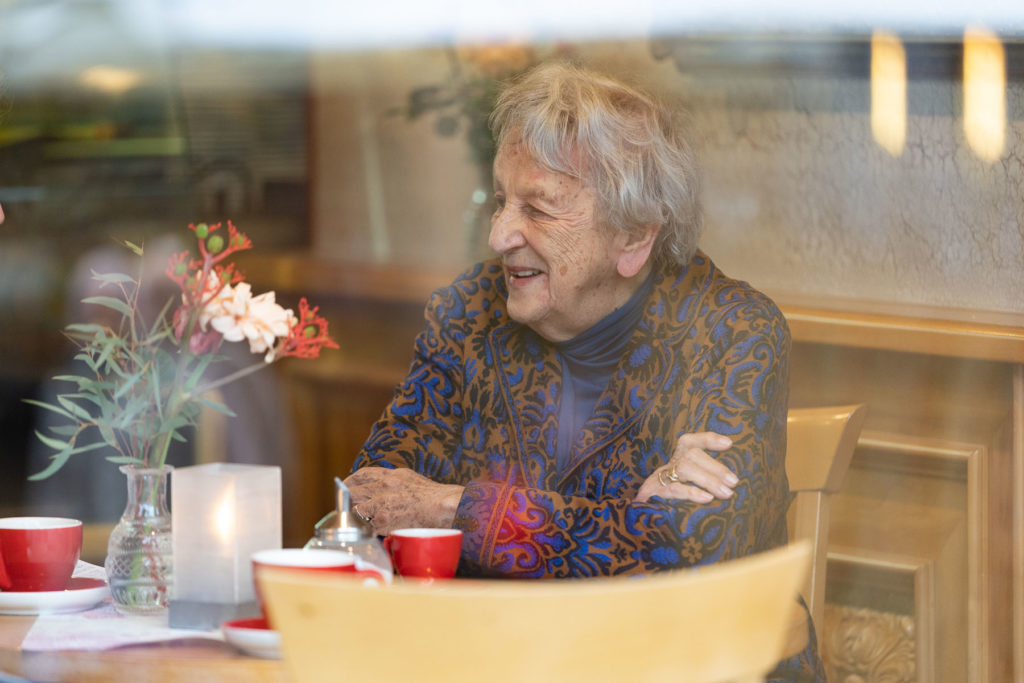
The grande dame of the German crime novel has been living in Weinheim for over 50 years, since she moved here with her three children and her husband, who was an internist and had taken up a post as senior physician at the local hospital. Back then, she couldn’t have imagined that she would become the town’s best-known citizen—and the proud patron of a hiking trail named after her. The trail leads along 13 stations in the city centre between the market square, the Mausoleum, the Hermannshof and the medicinal herb garden. A red rooster marks the stations—in reference to the author’s first novel Der Hahn ist tot (literally: the rooster is dead), with which she landed—to her own surprise—a bestseller in 1991. The tour lasts about an hour, is accessible 365 days a year and can be started in either direction.

Visitors on the tour can scan the QR codes provided at each station and hear the author’s voice. The short texts are recordings of the Lady of Crimeheim, as she likes to call herself, musing with her typical mixture of wisdom and wit about the city’s history, home, her life and, of course, all kinds of murder methods. She also reveals why she finds her adopted home so beautiful. “You can’t help just feeling good here. The climate is perfect; the region is nicknamed Tuscany of Germany. The old town is picturesque and people are open-minded and friendly here. There is a beautiful park and an enchanting garden. Weinheim has good transport links, with Mannheim, Heidelberg, Darmstadt, Frankfurt and Stuttgart all within easy reach. The nearby Odenwald and the Palatinate offer the most beautiful treasures for hikers.” Yet her first impression of the town was quite different: “I thought it was awful,” as she recalls her first visit. She only settled in after she had discovered the old town with its narrow alleys and medieval houses.
